When helping schools select furniture for their “future classrooms”, I often get asked whether they should use tables or individual student desks? The answer isn’t as simple as it seems.
For a recent article in Education Week, author Mark Lieberman reached out to top executives to find out what skills students will need to be successful in the future world of work. Their comments made me wonder if we should be looking at the table/desk question from a different perspective: which solution prepares students for their future in the workplace?
PUT THE RIGHT TOOLS IN TEACHERS’ HANDS.
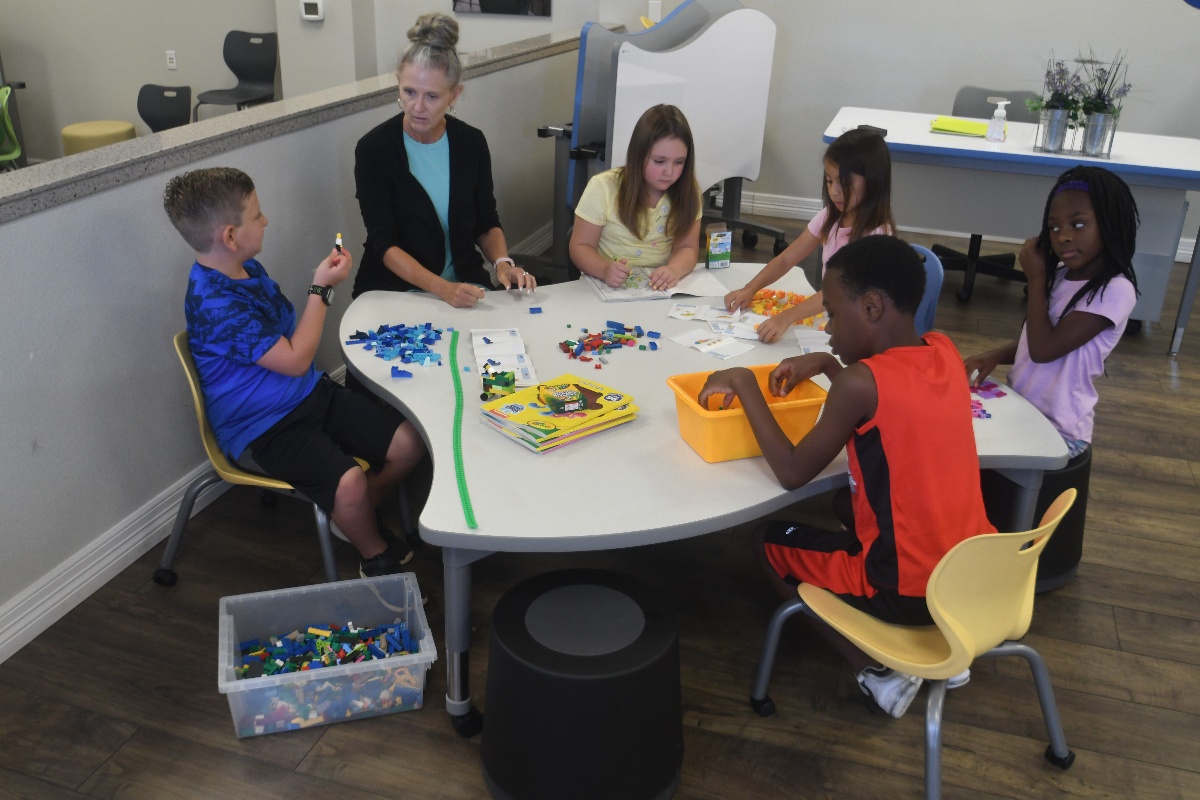
“Students today need to develop and refine skills to communicate clearly, concisely, and with intention in their work, client, and personal relationships, through courses focusing on presentation skills, effective writing, and more.”
Chrysler
Lottie Holland, director of talent acquisition, diversity, inclusion, and engagement
Tables can foster communication
They provide a conducive environment for fostering collaboration and communication among students. Outfitting a classroom with configurable tables, allows teachers to group students easily to engage in group discussions, brainstorming sessions, and collaborative projects. When students are sitting at tables, they need to share materials and space, this promotes the development of essential 21st-century skills such as teamwork, interpersonal communication, and problem-solving.
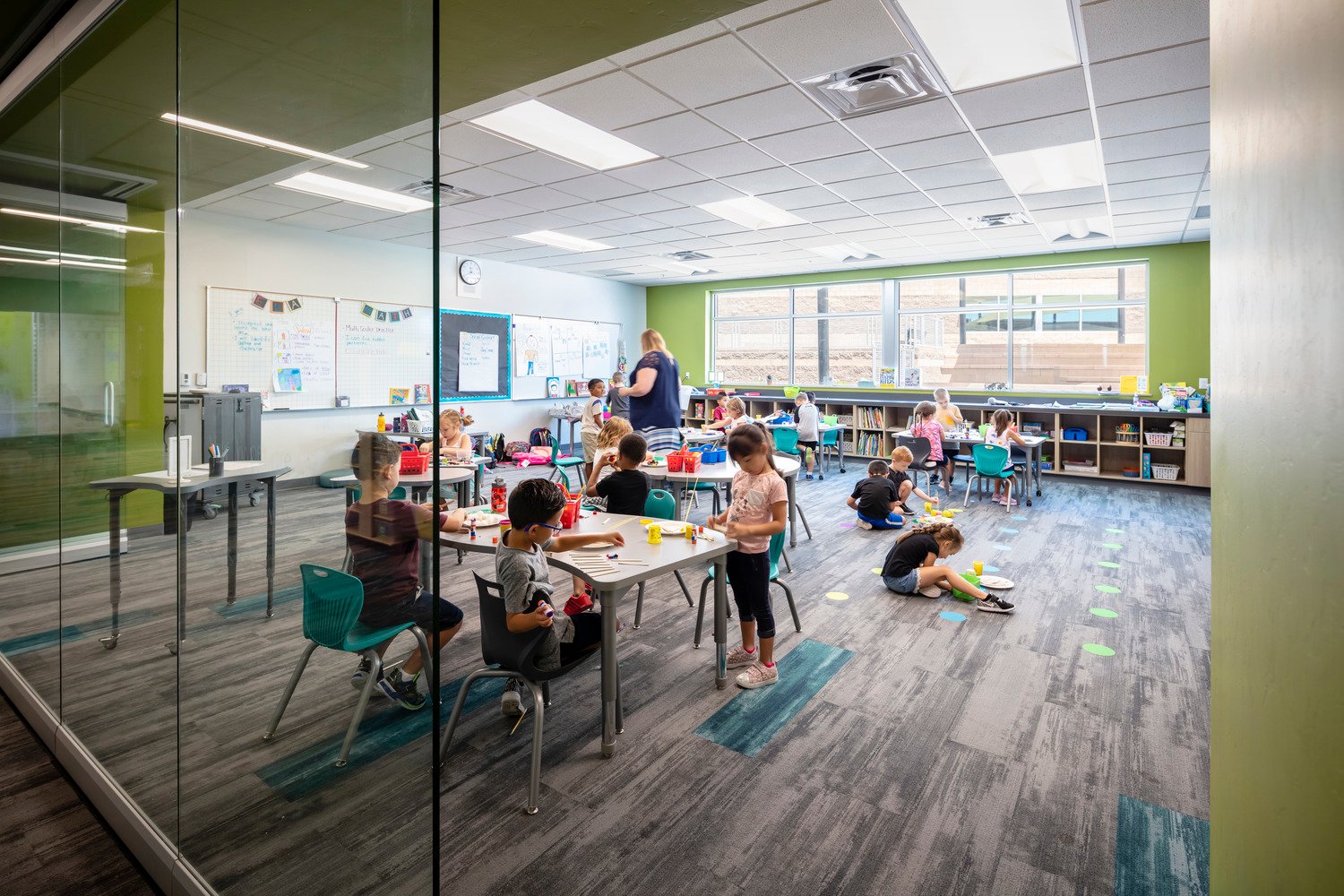
“At Hyatt, our purpose is to care for people so they can be their best and delivering on our purpose requires a strong level of empathy—understanding what our guests need in order to really care for them. To manage through the pandemic, we relied on collaboration, inclusion, and a mindset of experimentation to reimagine our business. These types of soft skills will be critically important for the workforce of the future.”
Hyatt
Malaika Myers, chief human resources officer
Tables can encourage teamwork and community building
By sitting together at tables, students develop a sense of community and belonging within the classroom. Students learn the joy of helping as they contribute to distributing materials or cleaning up spaces. Sitting shoulder to shoulder and across the learning surface, they get to know their peers better, learn to appreciate diverse perspectives, and develop social-emotional skills. The ability to work effectively in a community and understand and respect different viewpoints is crucial in a globalized world.
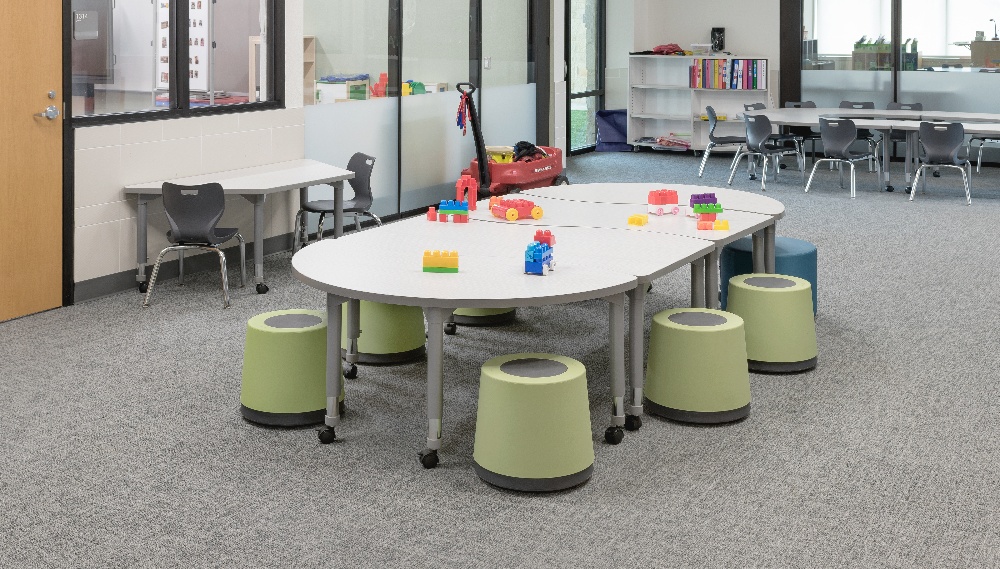
“Learn to Learn: The world is changing fast, and successful companies are evolving even faster to serve their customers and remain competitive. Associates with the ability to identify and anticipate changes in the environment and who can acquire new knowledge and skills will be needed and effective in this environment.”SyscoMichael Fischer, vice president of global talent management
Tables can promote engagement
Tables offer greater flexibility in classroom arrangements compared to individual desks. Teachers and students can easily rearrange tables to accommodate different learning activities, group sizes, and teaching methodologies. Configurable and flip and nest tables, allows teachers to change the learning environment, encouraging students to explore different learning styles and adapt to various collaborative settings—a skill valuable in the 21st century's rapidly changing work landscape.
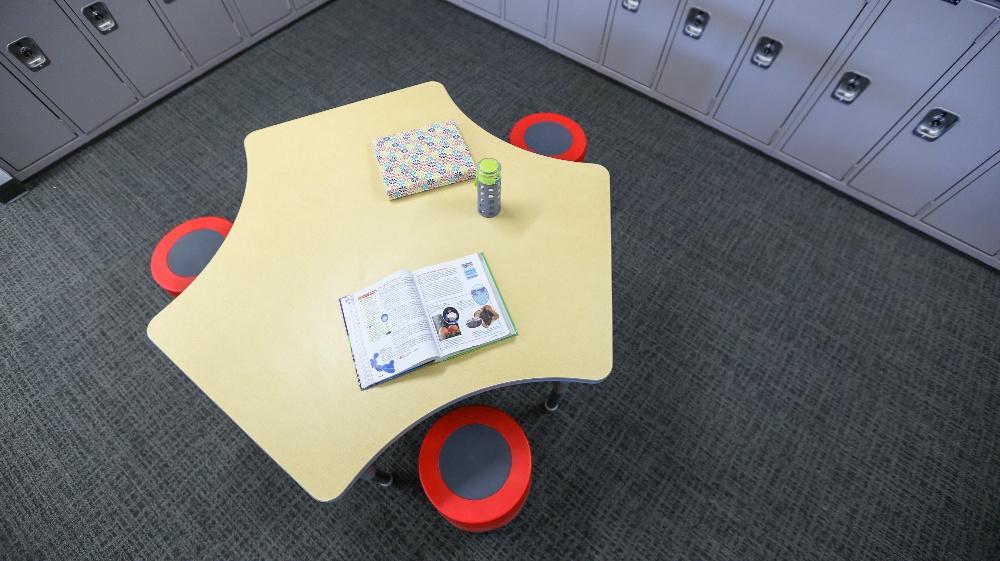
If we could expand this to accommodate more styles of learning and introduce to students the concept of learning agility as a core skill, it would help to harness the resilience and adaptability that so many children already have developed,
General Motors
Telva McGruder, chief of diversity, equity, and inclusion
Tables can enhance productivity
Tables provide ample space for project-based learning activities. Students can spread out their materials, work on prototypes, create multimedia presentations, or collaborate on hands-on projects. This approach encourages critical thinking, creativity, and problem-solving—the skills needed for success in the 21st century.
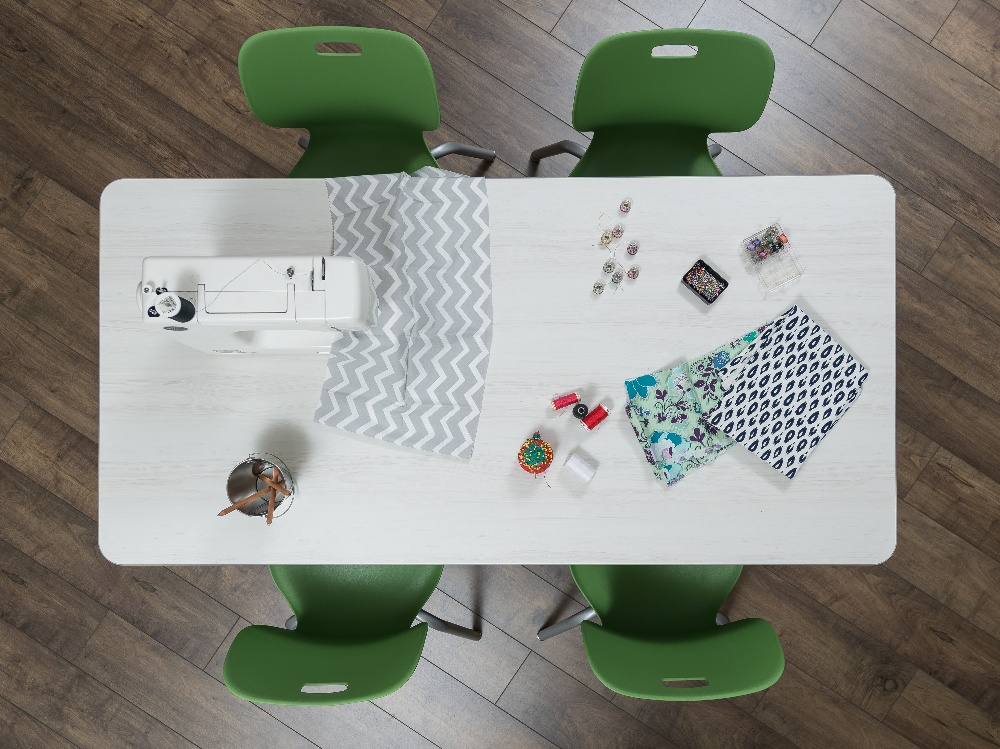
Ultimately, one piece of furniture is not going to be the key to future success. What this tells us though is that a well-thought-out classroom design, whether it includes tables, individual desks, or a combination of both, can create an environment that nurtures 21st-century skills and prepares students for success in the future. What do you think?
Resources: Lieberman, Mark. “Top U.S. Companies: These Are the Skills Students Need in a Post Pandemic World.” Education Week, 2 Mar. 2021, www.edweek.org/technology/top-ucompanies-these-are-the-skills-students-need-in-a-post-pandemic-world/2021/03.